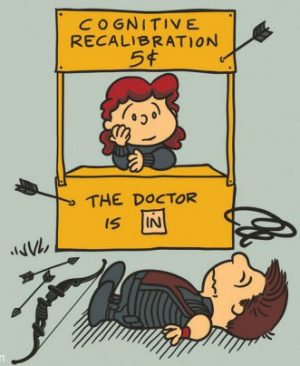 …then your most important concern should be: how can I can more adaptable … right?
…then your most important concern should be: how can I can more adaptable … right?
In you our relationship to life so you can have more chance for a happy life.
Darwin said that the species that is the most adaptable to changes will survive.
One can also say that it is true not just for a species but also for individuals.
Adaptable doesn’t mean meek, doesn’t mean able to subsist in suboptimal circumstances, it actually means being able to thrive no matter what’s going on. Adapt and initiate.
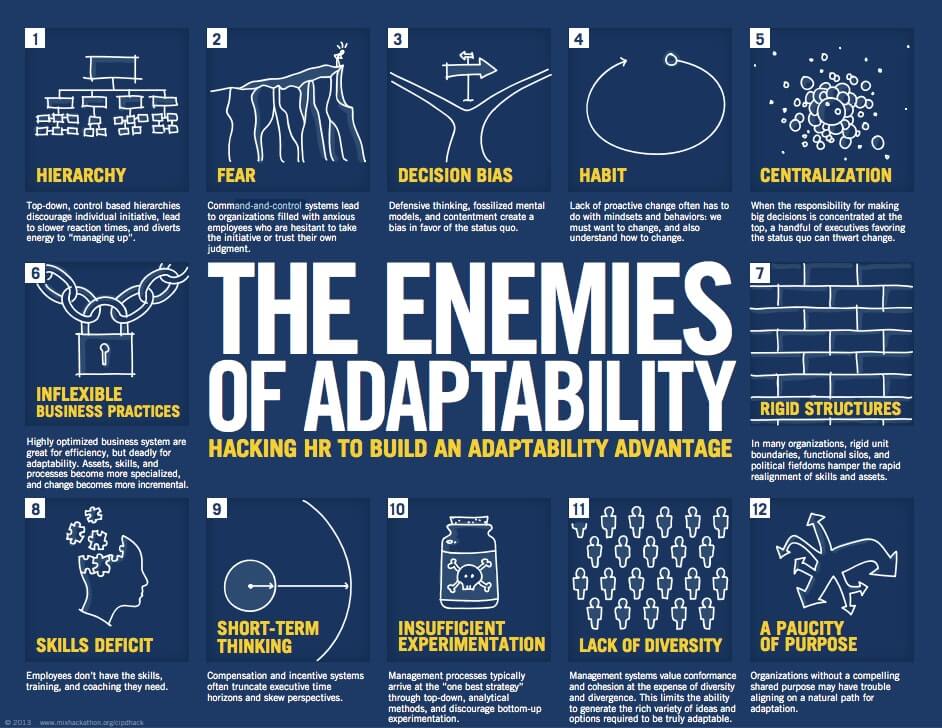 Absorb, assess accurately, see what’s going on, and take advantage of what is possible.
Absorb, assess accurately, see what’s going on, and take advantage of what is possible.
How adaptable are you? How much initiative do you have?
People, I am generalizing here, who need a job, who need someone to tell them what path to take, what homework to do, how to do things are not very adaptable, have no or not much initiative, so left to their own devices they are never much in control of their lives, their actions, no matter how much they hate to be told what to do.
For tens of thousands of years, humanity got divided to people who called the shots, who caused things, and to people who survived.
And for tens of thousands of years your survival inside a species that thrived wasn’t much threatened.
In fact you were breeding specifically to be a follower, a person with no initiative, with no real curiosity, with no tenacity, with no purpose in life.
But something is going on that you didn’t expect: in this new millennium there is not much need for followers, and there is a huge need for people who are cause, and not effect.
 Thousands of years of breeding is now proving to be the reason you’ll go extinct. Not the species necessarily, but you, the individual.
Thousands of years of breeding is now proving to be the reason you’ll go extinct. Not the species necessarily, but you, the individual.
Machines, robots, AI can take your place, and you can’t make a living.
So what can you do?
How to become more adaptable, is the question you should ask. It is a valid question if you are not adaptable at all, and if you are already very adaptable: you can always become more adaptable.
The first issue to consider: why to become more adaptable, and to what? You get this question wrong, and all your work is for naught.
The biggest issue that you need to grow to be able to handle is complexity.
You want simple answers, you want clarity, you want to know one thing to do and all will be well. But this is not how it is. It never was, but no one quite knew it. Now people are more sophisticated.
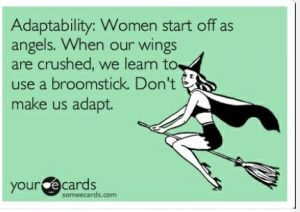 I remember when being called sophisticated was much like a racial slur… It meant to sting.
I remember when being called sophisticated was much like a racial slur… It meant to sting.
This was about 50 years ago. Today, unless you can handle more sophistication, you are fish out of water.
This is especially true in the area of health. The market is full of non-food, food-looking stuff that is attacking your health. The water you drink reduces your health one gulp at a time. Your supplements create an imbalance that makes you less off every capsule you swallow.
And when you get sick, which is really a when, not an if, doctors treat you, doctors who have never trained in the complexity of the body you inhabit, and they will treat you as if you were a two-bit machine: with a hammer.
50% of cancer diagnosis is false positive.
All nutritional articles talk about the importance of one thing or another, and never consider the big picture. The balance, the body’s complexity.
All diets are designed as a one size fits all.
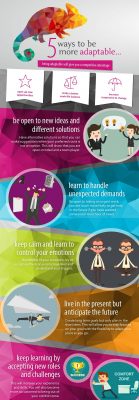 Simple rules, minuscule results.
Simple rules, minuscule results.
In my health consulting practice I do not consult from the mind, from what I know. The truth value of my recommendations are 70%, 80% the second (follow up) session, and it seems, to you, used to simple rules, that the first session must have been wrong, but that is not the case.
The first session and its resulting list of supplements and food list will take you to a place, where base insufficiencies can be corrected, imbalances, big mistakes. The second and all subsequent session, the lists zig-zag towards complete health.
Zig-zag is the nature of any “solution” in the universe, even though in geometry we learned that the straightest line is the shortest distance between two points. In geometry.
But even in flying, probably the simplest tasks today, the plane constantly adjusts its direction to the straight line.
That is what we call zig-zagging.
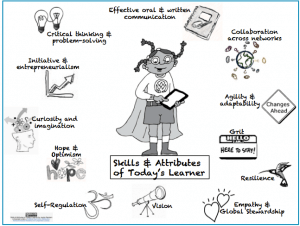 Unless you see the world rightly, your black and white view of the world, your rules, your rigidity will bite you in the a**.
Unless you see the world rightly, your black and white view of the world, your rules, your rigidity will bite you in the a**.
The only thing that is permanent in the universe is change. Ongoing, constant.
Everywhere, in every area of life, business, markets, politics, health, relationships, knowledge.
The strongest predictor of this is your sticky issue that makes you unwilling or unable to be adaptable is your “fixed mindset” number.
It needs to be under 10% if you are flexible and adaptable in this regard: you haven’t reduced reality to wring and wrong, or black and white, or other simple rules.
If you want to know if this is your issue, I’ll measure just this one measurements… You can upgrade inside the shopping cart to the full Starting Point Measurements.
So what can you do to get unstuck from the black/wide rule based view of life?
Here are four ways that FastCompany recommends you handle it.
Start with one method, get good ad it, and then add the rest one by one. Don’t get overwhelmed. Your tendency to slip back to rule-based living is bigger if your Fixed mindset share score is higher.
1. Ask Different Questions
The questions you usually ask will get you the sort of answers you usually get, which is not so helpful when you need new ideas. For a twist, try asking a new question.
Most of us naturally ask questions that narrow and push to a solution. In complexity, being open to different possibilities is key. In a situation with lots of moving parts, narrowing is too likely to leave you attached to a solution that used to be reasonable but isn’t anymore.
Push yourself to ask questions like: “What is most surprising in this situation?” “What is at the edges of what seems possible today?” “What data am I ignoring because I don’t happen to like what they tell me?”
Different questions open you up to new possibilities and create a more flexible, agile mind-set.
2. Accept Multiple Perspectives
We often think we have taken a wide variety of perspectives into consideration when really we have mostly just asked the people whose ideas we already knew about. Our natural habits are to crave alignment and to work to convince those whose opinions really differ (or ignore them).
When you’re dealing with a complex situation, each person’s perspective is too small–and a group that’s aligned with a single perspective is collectively missing important pieces. We need to get out of our own way.
You can do this by seeking out perspectives that are different and–here’s the key–not trying to convince anyone (especially ourselves) that we’re right.
A productive week often hinges on how you get out of the gate. Here’s our guide to a proactive, well-paced start.
You can tell you’re not taking someone’s perspective into consideration if you think of him as a moron or not getting it; this means there’s no way to learn from what his perspective might teach you.
Try holding back on forming an opinion and instead actively listen to the person you have written off as a lost cause, the group of people at work who seem so different from you that you don’t even know their names, or even the one who has seemed close to you but now seems to have a bee in her bonnet about something. Keep asking yourself, “In what ways could I be wrong or missing something?”
3. Consider The Bigger Picture
Our inclination is to pull things apart and solve the little bits one at a time. In complexity, the system is moving too fast and has too many interrelated parts for us to use this more comfortable approach with success for long.
Instead, when things are really moving fast, it’s time to look at the interactions. It’s like watching a game of ice hockey: If you follow the puck with your eyes, you’ll be lost. If you zoom out and look at the patterns of the players on the ice, you’ll see the game.
When you find yourself being drawn to the minutiae, see if you can find the patterns. When you feel yourself bouncing back and forth between two details, instead of thinking of them as opposites, see what balance you can strike between the two sides.
4. Experiment And Learn
When it’s time to act, complexity calls for a series of safe-to-fail experiments–little bets that we can use to nudge the system in the desired direction. Instead of picking a final destination and trying to close the gaps, try finding places for experimentation and learning.
For example, if you decide there’s something not quite right about your culture, avoid the typical solution of measuring the culture and then rolling out a culture change program. Instead, look for unexpected places where the culture is trending in a better direction and design little experiments to see if you can encourage some of those trends elsewhere. The experiments should be small, inexpensive, and most importantly they should be things you can learn from.
Thriving in complexity requires a whole new way of looking at the world and acting within it. But as you shift your mind-set, amazing thing happens. You don’t just get better at dealing with complex situations, you actually get to enjoy the complexities and use them to your advantage. And in a world that gets more complex all the time, that’s a massive benefit.
If you look at the four pointers: your job is to begin matching your view of reality, your map of reality to reality itself.
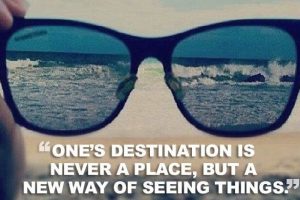 Reality is complex, and cannot be navigated successfully with simplistic map of reality.
Reality is complex, and cannot be navigated successfully with simplistic map of reality.
It’s one of the reasons your vibration number reflect the match between your map and reality. The higher your vibration the better your map matches reality. The higher the match the better your actions will be, the closer your results will be to what you want your results to be, in every area of life, health, wealth, love and happiness.
By the way, the real linchpin capacity that not having it keeps you at low vibration, low adaptability, low knowledge, low retention of what you read or hear, is your narrow cone of vision.
I am now working with another of my students on a methodology I used to force my eyes to see the bigger picture. Of course being able to see something doesn’t mean you’ll look. Unfortunately.
So activating a capacity is one step, developing the habit of using it is another step.
I am still working on the second… Every fiber of my being protests… but it is getting easier with practice. And my increased accuracy in my results is cheering me on… Go Sophie, go… My support structure from within. Lol.
Success breeds success… while failure breeds failure.
I choose success.
Just please remember: One’s destination is never a place but rather a new way of looking at things.
“One’s destination is never a place but rather a new way of looking at things.”
So if you’ve been having a difficulty setting a direction, an organizing principle for you life… set that, please. A new way of looking at things, a new way of seeing things… that is the best, THE BEST organizing principle I have ever encountered. Brilliant.
And, ultimately, without that you’ll never really become adaptable… because your actions come from what you see. And without looking differently at things, you won’t see things differently.
Got it?
Read the original article: If adaptability is the most fundamental predictor…